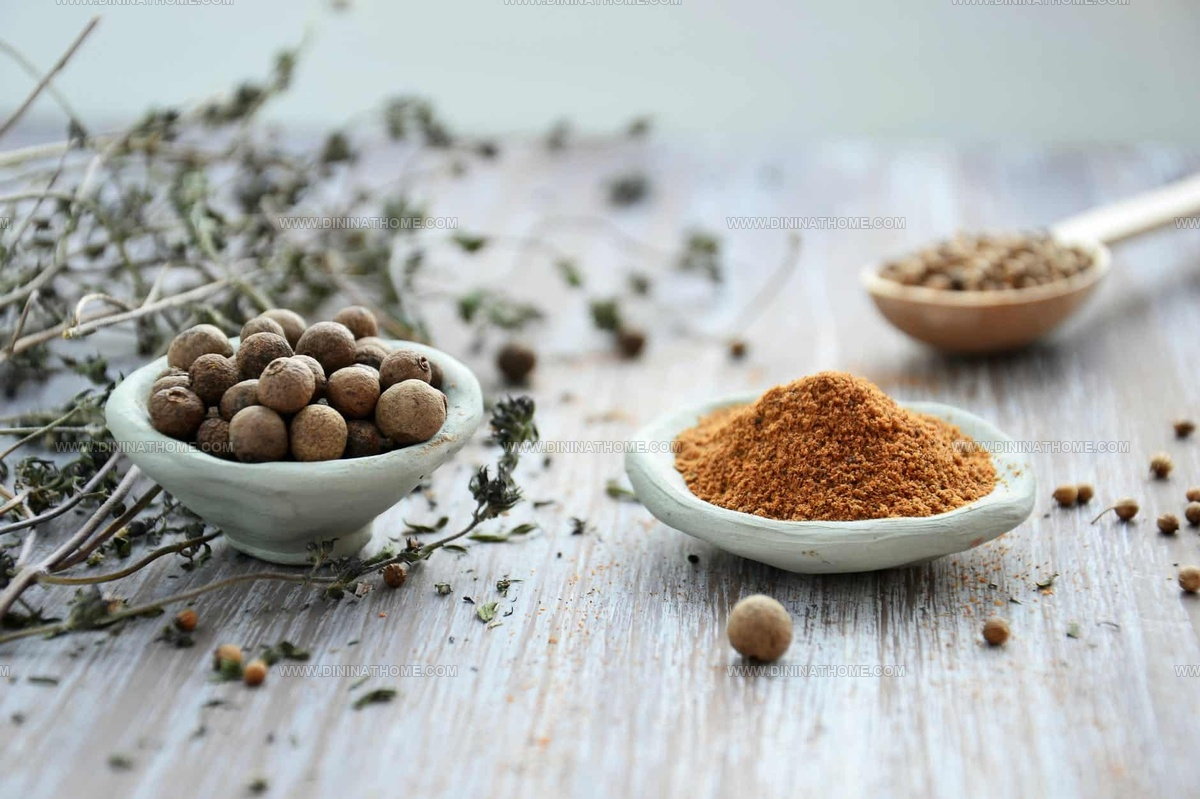What Does Adobo Taste Like? It’s a Symphony of Bold Flavors!
Adobe, a versatile culinary tradition, brings intrigue to many food enthusiasts searching for authentic flavor experiences.
Home cooks and professional chefs alike wonder about the unique characteristics of this beloved cooking style.
Regional variations and cultural influences contribute to its complex profile, making it more than just a simple preparation method.
Passionate food lovers often seek deeper understanding of its nuanced qualities.
Ingredients play a crucial role in defining its distinctive essence, transforming ordinary dishes into extraordinary culinary journeys.
The art of adobe transcends mere cooking techniques, representing a rich tapestry of cultural heritage and gastronomic innovation.
Your curiosity about this remarkable cooking approach will be richly rewarded by diving into the delicious details ahead.
What Is Adobo?
Adobo means a special way of cooking that keeps food tasty and lasts longer.
This method involves soaking meat or other ingredients in a mix of spices like paprika, oregano, salt, garlic, and vinegar.
People from Portugal call this dish carne de vinha dalhos.
Cooks in Spain and Portugal started this cooking style, which then spread to Latin America, Africa, and parts of Asia.
Philippine kitchens make adobo as a hearty stew similar to Caribbean dishes.
Peru serves adobo with marinated pork and pairs it with chicha, a drink made from fermented corn.
Seasoning goes beyond garlic and includes many different flavors.
Home cooks can use this mix to make delicious pork and shrimp dishes.
Adobo Flavor Guide
Adobo brings a spicy kick with paprika and strong oregano.
People often use it in meat and chicken sauces.
Its taste has an earthy feel with rich meaty hints.
Adobo carries salty and hot notes, sometimes mixing with garlic.
Paprika gives this mix its special heat.
Different spice blends change adobo's flavor.
Standard adobo seasoning mixes garlic, oregano, cumin, and onion powder.
This blend carries classic Latin American taste that makes meals feel special.
Most recipes include MSG, which helps boost flavor.
Using Adobo in Traditional Dishes
Adobo is a classic seasoning blend that gives depth and warmth to many traditional dishes, especially in Filipino, Mexican, and Spanish cooking:
Whether with meat or vegetables, adobo brings a signature mix of tangy, salty, and garlicky notes that make any traditional dish comforting and full of personality.
What Nutrients Are in Adobo?
Adobo packs a surprising punch of healthy goodness.
Key minerals like iron and calcium hide in this tasty mix, thanks to oregano's special properties.
Oregano brings manganese to the table, which helps body systems work smoothly.
These minerals play crucial roles in keeping body parts strong and healthy, with calcium doing wonders for bones and teeth.
Oregano stands out as the main herb in adobo, offering vitamin K in each bite.
Black pepper versions boost vitamin K even more.
Both oregano and black pepper carry dietary fiber that supports smooth digestion.
Oregano also contains natural chemicals that fight harmful bacteria, potentially stopping food poisoning before it starts.
Cumin makes its own contribution to adobo's health profile.
Medical experts suggest cumin might help control blood sugar levels and prevent diabetes complications.
Health lovers appreciate oregano's powerful nutritional punch.
Some research indicates oregano contains compounds that could slow down cancer cell growth, especially in breast cancer cases.
Black pepper brings antioxidants to this flavor-packed mix.
These tiny defenders protect cells from damage and might help prevent cancer cell development.
Adding adobo to daily meals could support overall wellness in delicious ways.
Is Adobo a Healthy Option?
Adobo seasoning carries some health perks that might support well-being in several ways:
Sazon vs. All-Purpose Adobo
Does Adobo Contain MSG?
Some companies making adobo seasoning pack their products with MSG and extra chemicals you should avoid.
Seasonest stands out from those other brands.
Seasonest Adobo seasoning mixes organic herbs and spices in a delicious way.
Our blend stays clean and natural without MSG, gluten, animal products, or artificial chemicals.
We focus on delivering pure, fresh herbs and spices that help you create meals packed with great taste and good nutrition.
How to Store Adobo Seasoning
Keep adobo seasoning tucked away in your kitchen cabinet, safe from sun and wetness, inside a sealed container or jar with a snug lid.
You can count on it lasting about 6 months when stored right.
Write down the date you made or bought it.
Spice collections work well in cold spots like refrigerators or freezers when completely sealed and blocked from air.
Clear glass jars with secure tops work best for protecting flavor and being kind to our planet.
Sitting in a cool pantry, adobo seasoning stays good for a long time.
Taste might fade slowly, but it won't spoil.
Just sprinkle a bit more and mix up a fresh batch when needed!


James Walker
Lead Recipe Developer & Culinary Educator
Expertise
Southern Cuisine & Farm-to-Table Cooking, Recipe Development & Testing, Culinary Education & Instruction
Education
School: Auguste Escoffier School of Culinary Arts
Program: Diploma in Culinary Arts and Operations
Focus: Comprehensive training in classical and modern culinary techniques, kitchen operations, and farm-to-table practices.
James didn’t learn cooking from a TV show, he learned it from busy kitchens, family gatherings, and long afternoons spent testing recipes the hard way.
After training at the Auguste Escoffier School of Culinary Arts, he brought his love for real, down-to-earth food to every dish he makes.
At Dining At Home, James loves building recipes that feel familiar but still have something special, like adding a twist to a classic or making a slow Sunday dinner feel brand new.
When he’s not in the kitchen, you’ll probably find him swapping garden tips at the farmers’ market or teaching his daughter how to flip pancakes without a mess (almost).